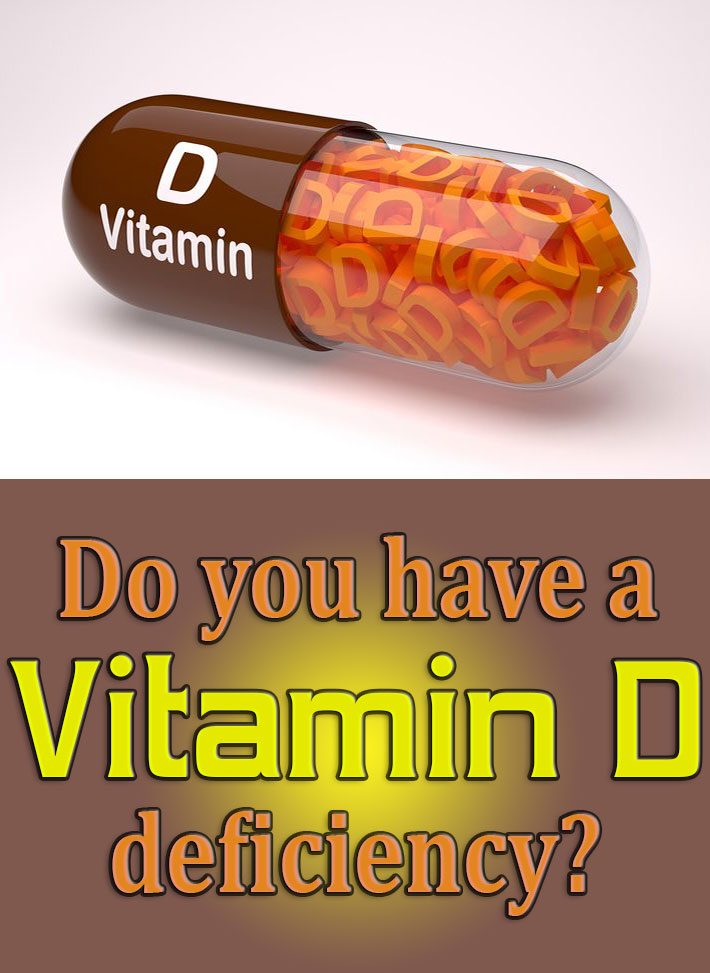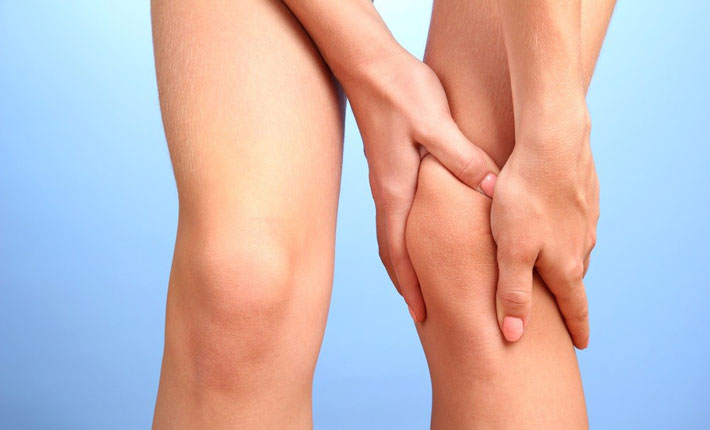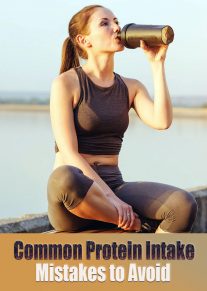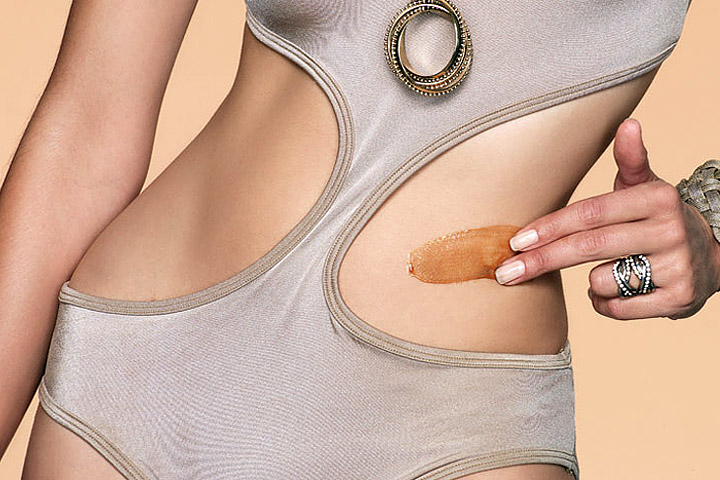
Spring has finally arrived and the sun is shining oh-so-bright – BUT before you go and slather on your SPF 1000000+ and cover yourself up completely from it, make sure you read this!
What is Vitamin D?
Most of us think we can all list the vitamins and minerals we know we need to be healthy, and we probably all assume that if we eat a varied, balanced diet we will get them all. But that’s not necessarily true. There’s a very good chance you’re not getting enough vitamin D – especially if you live at a northern latitude. Many processed foods are fortified with vitamin D – but the best source is your own skin. When UVB rays from sunlight hit your skin, a chemical process begins that creates vitamin D.
Vitamin D is essential for life. Scientists are still working to uncover all the ways our bodies use it, but we know that it is essential for these body systems:
- Immune system
- Musculature
- Heart function
- Respiratory functioning
- Nervous system, including the brain
- Cellular repair and cancer fighting
Vitamin D deficiency has serious health consequences. It can cause brittle, soft bones, known as rickets in children and osteomalacia in adults. A lack of vitamin D is also implicated in depression, high blood pressure, asthma, type-I and type-II diabetes, multiple sclerosis, and Crohn’s disease. In short, if you don’t have enough, you won’t be healthy.
Am I getting enough vitamin D?

Individual’s needs vary, but the Endocrine Society recommends infants get 400 to 1,000 International Units (IU) per day, children get 600 to 1,000 IU per day, and adults should get between 1,500 and 2,000 IU per day. The Vitamin D Council on the other hand has higher recommendations: infants should get 1000 IU per day, children should get 1000 IU per 25lbs of body weight per day, and adults should get 5000 IU per day.
You can also get vitamin D through what you eat, as it is available in small quantities in some of these real foods:
- Beef liver
- Egg yolks
- Fatty fish
- Shiitake mushrooms
Since vitamin D is only present in low levels in these foods, you can’t get enough D through these sources. You may also be at risk for low levels of vitamin D if you:
- Have dark skin. Dark skin contains a lot of melanin, which prevents UVB rays from permeating your skin and blocks the production of vitamin D
- Spend a lot of time indoors
- Do not allow sunlight to reach your skin: if you dress modestly or wear powerful sunscreen
- Live in a northern climate with fewer hours of daylight at certain times of the year
- Are older and have thinning skin
- Are pregnant or obese—requirements are greater in these conditions
- Breastfed babies also may not get enough Vitamin D
It’s hard to know for certain if your body is not getting enough vitamin D to function well. Your doctor can perform a blood test to know for sure, but here are 7 common warning signs of a vitamin D deficiency:

1. PAIN AND MUSCLE WEAKNESS
The degree of pain and muscle weakness can vary from subtle to severe. Initially, symptoms of this type are almost non-present; however, as the deficiency becomes longer in duration, associated symptoms tend to become worse. The reason is that vitamin D, when metabolized, enhances muscle contraction – an essential mechanism for strengthening bones.
2. IMPAIRED IMMUNE SYSTEM
When vitamin D levels are low, our immune system is inextricably affected. A high concentration of vitamin D receptors can be found in the immune cells, an area of the body that requires sufficient vitamin D supplementation. In one Japanese study published in the American Journal of Clinical Nutrition, schoolchildren that were given vitamin D supplements recorded fewer instances of the flu strain influenza A than those who did not receive supplements.
In another study, individuals diagnosed with an autoimmune disease also tested for low levels of D vitamin.
3. HYPERTENSION
Hypertension (high blood pressure) often results when the body’s levels of vitamin D are low. Our body formulates a peptide that increases blood pressure through arterial restriction and water retention. Vitamin D serves as a countermeasure, suppressing this enzymatic reaction and reducing the body’s inappropriate and exacerbated response to this peptide, thus normalizing blood pressure levels.
4. FEELINGS OF SADNESS/DEPRESSION
A link has been made between sadness/depression and low levels of vitamin D. One particularly interesting discovery involves the correlation between seasonal affective disorder (SAD), a seasonal depressive condition, and fluctuating levels of vitamin D3. In one study, participants given D3 supplementation experienced enhanced positive effects and a reduction of negative effects – both physical and cognitive. Participants reported a significantly diminished presence of various symptoms, including food cravings, hypersomnia, lethargy, and sleep disturbances.
5. GUT TROUBLES
Certain gastrointestinal conditions affect vitamin D absorption. Those with celiac, Crohn’s, inflammatory bowel disease and other conditions are likely to be at a greater risk of vitamin D deficiency because of these interactions. Furthermore, those with high amounts of body fat are prone to vitamin D deficiency since fat dilutes the vitamin and reduces its physiological effects.
6. EXCESSIVE SWEATING
A strange addition to this list is the tendency of people to sweat more without sufficient vitamin D levels. Contrary to many of the items on this list, medical experts aren’t quite certain why we sweat more with low vitamin D levels. All that’s known is that there seems to be an inseparable link between low vitamin D and excessive sweating, especially around the forehead.
7. HEART CONDITIONS
There exists a probable correlation between low vitamin D levels and cardiovascular disease. Medical professionals believe that low levels of the vitamin result in higher concentrations of calcium buildup in the arteries; calcium buildup is plaque that forms in the arteries and increases the risk of heart attack or stroke. Other conditions linked to low vitamin D levels – hypertension, type 2 diabetes, obesity and high cholesterol – appear to solidify the connection between vitamin D levels and heart health.
How to get more Vitamin D to Avoid Vitamin D Deficiency

There are two good ways of preventing a vitamin D deficiency: spending time in the sun, and taking supplements.
“But, wait!” you say, “I thought sunlight is bad for us—it causes skin cancer!” Yes—and no. We have become so vigilant about protecting our skin from the sun we’re also preventing our skin from the exposure to the sun that creates vitamin D deep in the layers of our skin.
Here’s the thing: a little bit of sun won’t hurt you. You don’t need to burn your skin to get enough UVB to produce vitamin D. Figuring out exactly how much sun exposure you need is tricky, but try to get sun on your arms and legs and face for a few minutes every day, as close to noon as possible.
The fairer your skin type, the less sun exposure you need. According to Dr. Michael Holick, author of The Vitamin D Solution , Canadians and others who live at mid-latitudes (e.g. Ottawa, ON) need between 10-15 minutes of sun exposure for Type 1 skin (very fair) and up to 40-60 minutes for Type 5-6 skin (medium to dark) between the hours of 11am to 3pm. So going for a lunch-time walk without sunscreen should be a safe and effective way of getting natural vitamin D – just make sure to do it sensibly and seek shade and shelter after you’ve had your recommended exposure.
Supplements are your fallback option for winter or if you’re particularly concerned about the hazards of sun exposure Because vitamin D is a fat-soluble vitamin, one of the best forms is as an oil, that you take as drops – look for it in MCT (medium chain triglyceride) oil. All you do is just add a drop or two to your food every day.
As with any change to your nutritional regimen, check with your doctor to rule out any contraindications. Prevent vitamin D deficiency and improve your health!




Leave a Reply